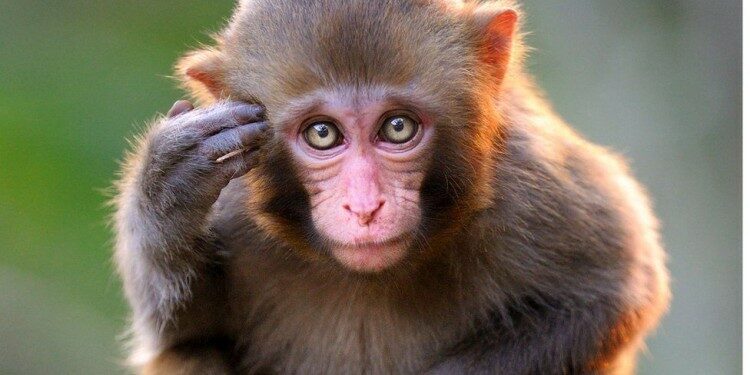In news- China reported the first human infection case with Monkey B virus (BV).
About the virus-
- The virus, initially isolated in 1932, is an alphaherpesvirus enzootic in macaques of the genus Macaca.
- B virus is the only identified old-world-monkey herpesvirus that displays severe pathogenicity in humans.
- The United States’ Centre for Disease Control (CDC) has said that since its first detection, it has infected just 50 people and only 21 of them died.
- The infection can be transmitted via direct contact and exchange of bodily secretions of monkeys.
- It has a fatality rate of 70 to 80 percent.
- Macaque monkeys commonly have this virus, and it can be found in their saliva, feces, urine or brain or spinal cord tissue.
- The virus may also be found in cells coming from an infected monkey in a lab.
- B virus can survive for hours on surfaces, particularly when moist.
- Humans can get infected if they are bitten or scratched by an infected monkey, get an infected monkey’s tissue or fluid on broken skin or in eyes, nose, or mouth, or get exposed to the brain (especially), spinal cord, or skull of an infected monkey.
- Though symptoms typically start within one month of being exposed to B virus, it could appear in as little as three to seven days.
- The first indications of B virus infection are typically flu-like symptoms such as fever and chills, muscle ache, fatigue and headache, following which an infected person may develop small blisters in the wound or area on the body that came in contact with the monkey.
- Some other symptoms of the infection include shortness of breath, nausea and vomiting, abdominal pain and hiccups.
- Currently, there are no vaccines that can protect against B virus infection.
- Till date, only one case has been documented of an infected person spreading B virus to another person.
Source: Indian Express
















